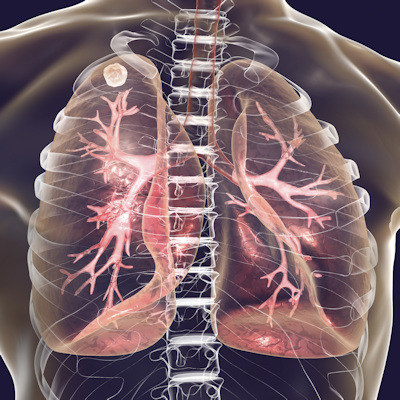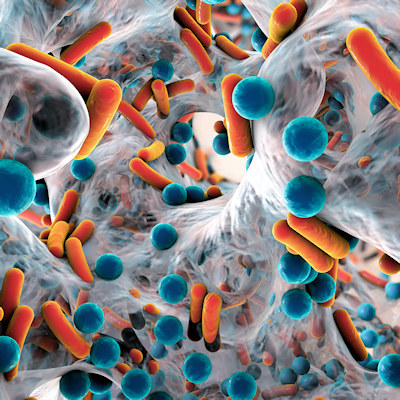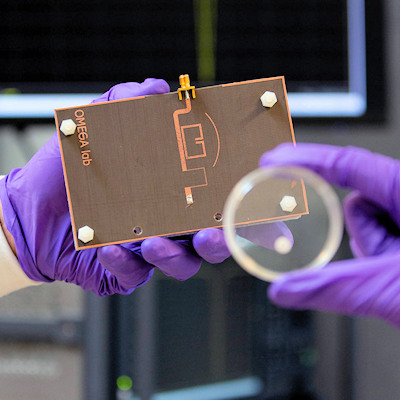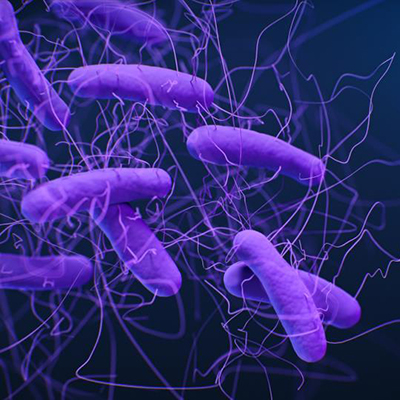April 4, 2023 -- Scientists have revealed the initial mechanisms that give rise to drug-resistant Escherichia coli, pointing to potential targets for antibiotics that remain effective as bacteria mutate.
Writing in the journal Molecular Cell, researchers at Baylor College of Medicine describe work that built on their earlier studies of what happens when bacteria are in a stressful environment, such as when they are exposed to an antibiotic.
The earlier work showed that stress responses induced in response to antibiotics can cause mutations that give rise to drug-resistant pathogens. However, details of the first steps in the pathway from antibiotic exposure to antibiotic resistance remained unclear.
The new Baylor paper fills in the gaps, at least in terms of what happens when E. coli is exposed to the broad-spectrum, fluoroquinolone-antibiotic ciprofloxacin. Co-corresponding author Dr. Susan Rosenberg, professor of molecular and human genetics, biochemistry and molecular biology, and molecular virology and microbiology at Baylor, explained the key findings.
"We discovered that cipro triggers cellular stress responses that promote mutations. This phenomenon, known as stress-induced mutagenesis, generates mutant bacteria, some of which are resistant to cipro. Cipro-resistant mutants keep on growing, sustaining an infection that can no longer be eliminated with cipro," Rosenberg said in a statement.
The study showed that cipro induces breaks in DNA. As broken DNA accumulates inside the bacteria, the pathogen triggers a DNA-damage response to repair the breaks. Because DNA repair is prone to errors, it can cause mutations that, in some cases, confer drug resistance. Rosenberg and her colleagues showed that the general stress response and the DNA-damage response are both essential to the mutagenesis that gives rise to drug-resistant E. coli.
Surprisingly, a protein already present in the cell drives the two responses. The researchers expected E. coli to synthesize a specific protein to trigger the responses, but found that RNA polymerase, an enzyme that cells use to transcribe DNA, is key to the process. When ppGpp, a nucleotide found in bacteria in stressful environments, encounters RNA polymerase, it binds to the enzyme at two sites that are vital to the activation of the general stress response and the DNA-damage response.
The finding suggests it may be possible to target the process to stop the emergence of resistant strains. Interfering with the ppGpp binding sites could prevent the activation of the DNA-damage response and thereby stop the repairs that give rise to drug-resistant bacteria. In the latest study, DNA repair caused resistance to both cipro and two other antibiotics that the bacteria had never encountered.
Copyright © 2023 scienceboard.net











